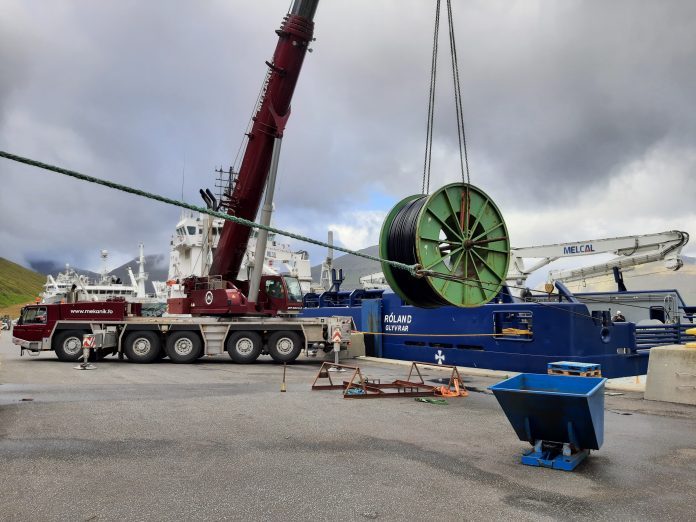Placed at remote Bakkafrost site.
The cable provides power from land to the remote fish farm and is the longest of its kind in the Faroe Islands, wrote JT electric in a press release.
This installation is part of the Bakkafrost to reduce emissions. The majority of the Bakkafrost feed barges in the Faroe Islands are powered by sea cables from land, whilst the remaining are in the process of the shift.
The sea cable projects have been organised and installed by JT electric throughout the Islands.
“Our goal is to reduce our CO2 emission 50 per-cent by 2030,” said Bakkafrost North farming manager Jón Purkhús.

“By using sea cables to supply our feeding barges with electricity from land, we are reducing oil usage and thereby significantly reducing emissions from our fish farms. Designed by JT electric and their cable partner, this unique 5.6 km sea cable is fitted with fiber inside,” he added.
Installing the fiber connection along with the power supply has ensured that the site has a fast and safe link to the equipment onboard the feed barge. All operations are undertaken remotely from the land-based feeding central.

“This has been an exciting project for us,” said JT electric operational manager Leivur Hansen.
“The long-distance required that we use high-voltage electricity to effectively deliver power via the sea cable to the feed barge. This challenge was solved in close collaboration with Faroese electricity provider SEV,” he said.


